Home>Interior Design>Small Kids Bedroom Mistakes – The Easy Design Errors You Can Make (and How To Avoid Them)
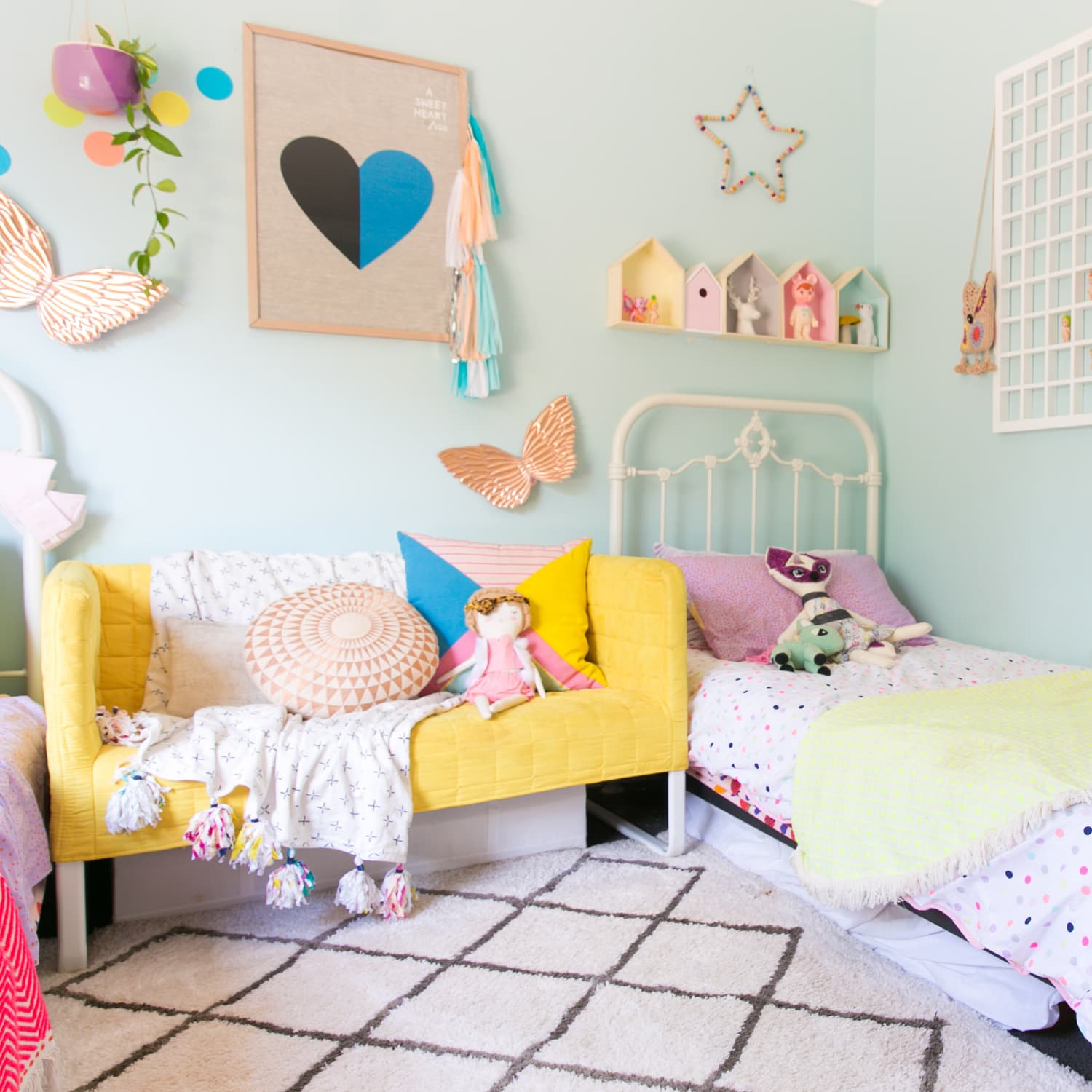

Interior Design
Small Kids Bedroom Mistakes – The Easy Design Errors You Can Make (and How To Avoid Them)
Modified: October 20, 2024
Avoid common design mistakes in small kids' bedrooms with these easy tips and tricks. Learn how to create a functional and stylish interior design for your child's room.
(Many of the links in this article redirect to a specific reviewed product. Your purchase of these products through affiliate links helps to generate commission for Storables.com, at no extra cost. Learn more)
Introduction
Designing a small kid’s bedroom can be a challenging task. With limited space and a multitude of items to accommodate, it’s easy to make design mistakes that can hinder the functionality and aesthetic appeal of the room. However, with some careful planning and attention to detail, you can create a beautiful and functional space that your child will love.
In this article, we will discuss some common design errors that are often made in small kid’s bedrooms, and provide you with tips on how to avoid them. By addressing these mistakes, you can ensure that your child’s bedroom is not only visually pleasing, but also practical and conducive to their growth and development.
So, let’s dive in and discover the easy design errors you can make in a small kid’s bedroom, and how to avoid them!
Key Takeaways:
- Smart storage solutions and involving your child in the organization process are crucial for creating a clutter-free and functional small kid’s bedroom. Cultivate good habits and a sense of ownership to maintain an organized space.
- Prioritize safety measures, involve your child in the design process, and create a designated play area to ensure a nurturing, safe, and personalized environment in a small kid’s bedroom. Reflect your child’s personality and interests for a space they’ll love.
Lack of Storage Solutions
One of the biggest mistakes people make in small kid’s bedrooms is overlooking the importance of adequate storage solutions. Without proper storage, the room can quickly become cluttered and disorganized, making it difficult for your child to find their belongings and keep their space tidy.
To avoid this mistake, consider incorporating smart storage solutions that maximize the use of vertical space. Utilize wall-mounted shelves, hanging organizers, and under-bed storage boxes to make the most of every inch. Additionally, investing in multi-functional furniture, such as beds with built-in drawers or desks with storage compartments, can help optimize space while providing functionality.
Another valuable storage solution is utilizing closet space effectively. Install shelving units or hanging organizers inside the closet to create designated spaces for clothes, toys, and other items. Using clear plastic containers or labeled baskets can also aid in keeping items organized and easily accessible.
Remember to involve your child in the organization process. Teach them the importance of tidiness and provide them with age-appropriate storage options. This not only helps in cultivating good habits but also gives them a sense of ownership and responsibility for their own space.
By implementing these storage solutions, you can make the most out of limited space and maintain a clutter-free environment in your child’s bedroom.
Ignoring the Importance of Organization
Another common mistake in small kid’s bedrooms is neglecting the importance of organization. A disorganized space not only makes it challenging to find things but also creates a chaotic and uninviting atmosphere. Therefore, it is crucial to prioritize organization when designing and arranging your child’s bedroom.
Start by creating designated areas for different activities and items. Allocate zones for sleeping, playing, studying, and storage. This helps your child understand the purpose and function of each area and encourages them to keep things in order.
Invest in storage solutions that promote organization, such as bins, baskets, and containers. Label them clearly to help your child identify where items belong. Implement a system of daily cleanup and teach your child the importance of returning items to their designated places.
Additionally, consider incorporating a visual schedule or calendar to help your child stay organized and manage their time effectively. This can be especially useful for older children who have school assignments, extracurricular activities, and other responsibilities.
Another tip is to regularly declutter the space. Get rid of items that are no longer needed or have been outgrown. This not only frees up space but also creates a more streamlined and organized environment.
Remember, organization is a skill that can benefit your child throughout their life. By instilling good organizational habits early on, you’re equipping them with a valuable tool for success.
Choosing the Wrong Furniture Size
Selecting the right-sized furniture is crucial when designing a small kid’s bedroom. Too large and it can make the room feel cramped and overwhelming, while furniture that is too small may not provide the necessary functionality or storage space. Finding the right balance is essential.
Start by measuring the dimensions of the room and considering the available space. Take note of any architectural features, such as windows, doors, or alcoves, that may impact furniture placement. Keep in mind that you need to leave enough space for your child to move around comfortably and play.
When it comes to the bed, consider investing in a twin or bunk bed to save space. Opt for models with built-in storage options, such as drawers or shelves, to maximize functionality. If your child is old enough and the space permits, a loft bed with a desk or play area underneath can be a great space-saving solution.
For other furniture pieces like dressers, desks, and chairs, choose compact and slim designs that offer storage compartments or features like foldable desks. This way, you can make the most of the available space without sacrificing functionality.
Incorporating furniture with rounded edges can also help create a more open and spacious feel to the room. Avoid bulky and oversized furniture that can dominate the space and make it feel cramped.
Remember, it’s essential to consider the future as well. Kids grow quickly, and their needs and preferences change. Select furniture that can adapt as they age and can serve multiple purposes as their requirements evolve.
By selecting furniture of the appropriate size, you can optimize the available space and create a comfortable and functional environment for your child.
Neglecting Adequate Lighting
Lighting plays a crucial role in creating a welcoming and functional atmosphere in a small kid’s bedroom. However, it is a design aspect that is often overlooked. Neglecting adequate lighting can result in a dim and gloomy space, which can negatively affect your child’s mood, productivity, and even their eyesight.
When designing the lighting scheme for your child’s bedroom, aim for a combination of ambient, task, and accent lighting.
Ambient lighting provides overall illumination and should be evenly distributed throughout the room. Consider installing a central ceiling light fixture that provides sufficient brightness. Additionally, soft and diffused lighting options, such as wall sconces or pendant lights, can create a warm and cozy ambiance.
Task lighting is essential for specific activities, such as reading, studying, or playing. Include a desk lamp or adjustable reading light near the study area to prevent eye strain. Bedside lamps can also be beneficial for nighttime reading or creating a soothing environment for bedtime.
Accent lighting adds a touch of visual interest and can highlight specific areas or objects. Use LED strip lights under shelves or behind headboards to create a playful and magical effect. Nightlights can be comforting for younger children and help them feel secure during the night.
Ensure that natural light is maximized in the room as well. Use sheer curtains or blinds that allow sunlight to filter through while maintaining privacy when needed. Mirrors can also help bounce light around the space and create the illusion of a larger room.
Remember to incorporate lighting fixtures that are safe and child-friendly. Avoid dangling cords or fixtures that can be easily pulled or knocked over.
By paying attention to lighting and incorporating a well-balanced combination of ambient, task, and accent lighting, you can create a bright, inviting, and visually appealing space for your child.
When designing a small kid’s bedroom, choose multi-functional furniture to save space and maximize storage. Look for beds with built-in drawers, desks that can double as a nightstand, and shelving units that can hold toys and books.
Overlooking the Importance of a Play Area
When designing a small kid’s bedroom, it is easy to focus solely on sleeping and studying areas, overlooking the importance of a dedicated space for play. However, having a designated play area is essential for your child’s development, creativity, and overall happiness.
A play area provides a space for your child to engage in imaginative play, explore their interests, and stimulate their cognitive and physical abilities. It helps promote their creativity, problem-solving skills, and social interactions.
When incorporating a play area into a small bedroom, it’s important to maximize the available space without compromising functionality or safety.
Consider utilizing vertical space by installing wall-mounted shelves or hanging organizers to store and display toys. This not only saves floor space but also adds visual interest to the room. Alternatively, you can opt for storage ottomans or benches that double as seating and toy storage.
Choose furniture that can serve multiple purposes to make the most out of limited space. For example, a small table with chairs can serve as both a study area and a spot for arts and crafts. Incorporate storage bins or baskets that can be easily tucked away when not in use.
To create a play area, incorporate elements that spark your child’s imagination. Use colorful rugs, cushions, and curtains to define the space and make it visually appealing. Hang artwork or posters that reflect their interests and create a cheerful and engaging environment.
Remember to ensure easy access to toys and materials. Open shelving or transparent storage bins make it easier for your child to see and reach their favorite playthings. This promotes independence and encourages them to engage in imaginative play without constant assistance.
Lastly, involve your child in the design of their play area. Take their interests and preferences into account, and allow them to add personal touches to the space. This not only fosters a sense of ownership but also encourages their creativity and self-expression.
By acknowledging the importance of a play area and incorporating it into your child’s bedroom design, you provide them with a space to explore, learn, and have fun.
Crowding the Room with Too Many Decorations
Decorations play an important role in enhancing the aesthetics and personality of a small kid’s bedroom. However, one mistake that is often made is crowding the room with too many decorations, resulting in a cluttered and overwhelming space.
When it comes to decorating a small bedroom, less is often more. It’s essential to strike a balance between adding visual interest and creating a calming and organized environment.
Start by choosing a cohesive theme or color scheme for the room. This will help guide your decor choices and ensure a harmonious look. Avoid using too many conflicting patterns or colors that can create a chaotic atmosphere.
Select a few key pieces of decor that serve as focal points in the room. This could be a statement wall decal, a vibrant rug, or a personalized wall art piece. These items should reflect your child’s interests and add personality to the space without overpowering it.
Utilize wall space wisely by hanging artwork or shelves to display a curated selection of items such as framed photos, favorite books, or cherished toys. This not only adds visual interest but also helps keep the floor and surfaces clutter-free.
When it comes to choosing bedding and curtains, opt for simple and streamlined designs that complement the overall theme. Avoid excessive ruffles, layers, or busy patterns that can visually weigh down the room.
Remember, negative space is just as important as the decor itself. Leave areas of the room free from excessive decorations to create a sense of openness and airiness. This will make the room feel more spacious and inviting.
Regularly reassess the decor in the room and make adjustments as your child grows and their interests evolve. By keeping the decor minimal and purposeful, you ensure that the room remains a calming and inspiring space for your child to relax, play, and sleep.
Neglecting Safety Measures
When designing a small kid’s bedroom, it’s important not to overlook safety measures. Creating a safe environment is paramount to ensure the well-being and security of your child. Neglecting safety measures can lead to accidents, injuries, and potential hazards within the room.
Here are some essential safety measures to consider when designing your child’s bedroom:
Furniture Placement: Ensure that furniture is securely anchored to the wall to prevent tipping. Keep heavy or sharp-edged furniture away from areas where your child plays or sleeps to minimize the risk of accidents.
Electrical Outlets and Wiring: Cover electrical outlets with childproof safety covers or install tamper-resistant outlets to prevent accidental electric shocks. Keep cords and wires safely tucked away and out of your child’s reach.
Window Safety: Install window guards or safety locks to prevent your child from falling out of windows. Keep blinds or cords out of reach to prevent strangulation hazards.
Toy Safety: Regularly inspect and remove any broken or unsafe toys from your child’s room. Keep small parts or toys with small magnets out of reach of young children to prevent choking hazards.
Fire Safety: Install smoke detectors in the bedroom and ensure they are in working order. Discuss fire safety measures with your child and have an escape plan in case of a fire emergency.
Chemical Safety: Store cleaning products, medications, and other potentially harmful chemicals in locked cabinets or out of reach of children. Use childproof latches on drawers and cabinets to prevent access.
Secure Windows: Install window guards or safety locks to prevent your child from falling out of windows. Keep blinds or cords out of reach to prevent strangulation hazards.
Soft Surfaces: Ensure that flooring in the room, such as rugs or carpeting, is secure and does not pose a trip or slip hazard. Use non-slip mats under rugs to prevent them from sliding.
Regularly inspect the room for potential safety hazards and make necessary adjustments. Keep in mind that childproofing measures will vary depending on your child’s age and developmental stage, so be sure to adapt accordingly as they grow.
By prioritizing safety measures and creating a secure environment, you can provide peace of mind and ensure that your child’s bedroom is a safe and nurturing space.
Disregarding the Child’s Input in the Design Process
When designing a small kid’s bedroom, it’s crucial to involve your child in the design process and consider their input. Disregarding their preferences and interests can result in a room that doesn’t reflect their personality or meet their needs.
By including your child in the decision-making process, you not only empower them and make them feel heard but also create a sense of ownership and pride in their personal space.
Start by having a conversation with your child about their preferences, interests, and ideas for their bedroom. Ask them what colors they like, what themes or characters they may be interested in, and how they envision using the space.
Encourage your child to be creative and express themselves. Let them choose elements like wall colors, bedding, or decor items that align with their interests. This could be as simple as incorporating their favorite color or incorporating a theme related to their hobbies or passions.
Consider involving your child in DIY projects or crafts to personalize their room. They can create artwork, write their name on a canvas, or help choose and arrange decor items. This allows them to feel a sense of ownership and pride in their contributions to the room’s design.
Of course, there may be practical limitations or budget constraints that need to be considered. Guide your child by offering suggestions or alternatives that align with their desires while also taking into account factors such as functionality and safety.
Remember, your child’s bedroom should be a reflection of their personality and a space where they feel comfortable and inspired. Honoring their input in the design process not only creates a room they will love but also fosters their decision-making skills and self-expression.
By involving your child in the design process, you can create a space that truly reflects their individuality and creates a nurturing and engaging environment for them to thrive in.
Read more: How To Fix E2 Error In A Washing Machine
Conclusion
Designing a small kid’s bedroom requires careful consideration and attention to detail. By avoiding common design mistakes, you can create a beautiful and functional space that meets the unique needs and preferences of your child.
Lack of storage solutions can lead to a cluttered and disorganized room. Incorporate smart storage solutions that maximize space and involve your child in the organization process to cultivate good habits and a sense of ownership.
Choosing the wrong furniture size can make the room feel cramped. Opt for appropriately sized furniture that is multi-functional and can adapt as your child grows.
Neglecting adequate lighting can result in a dim and gloomy space. Implement a well-balanced lighting scheme that includes ambient, task, and accent lighting to create a bright and inviting environment.
Don’t forget the importance of a designated play area. Allocate space for imaginative play and provide storage solutions to keep toys organized and accessible.
Crowding the room with too many decorations can lead to a cluttered and overwhelming space. Choose a cohesive theme, select a few key decor pieces, and leave negative space to create a balanced and calming environment.
Always prioritize safety measures to ensure your child’s well-being. Secure furniture, childproof outlets, and windows, and keep potentially hazardous items out of reach.
Lastly, involve your child in the design process and consider their input. This creates a sense of ownership and allows them to express their personality and creativity in their personal space.
By avoiding these common design errors and incorporating these tips, you can create a small kid’s bedroom that is not only visually appealing but also functional, safe, and reflective of your child’s unique personality and interests. With a well-designed bedroom, your child will have a nurturing and inspiring space to grow, play, and dream in.
Frequently Asked Questions about Small Kids Bedroom Mistakes – The Easy Design Errors You Can Make (and How To Avoid Them)
Was this page helpful?
At Storables.com, we guarantee accurate and reliable information. Our content, validated by Expert Board Contributors, is crafted following stringent Editorial Policies. We're committed to providing you with well-researched, expert-backed insights for all your informational needs.
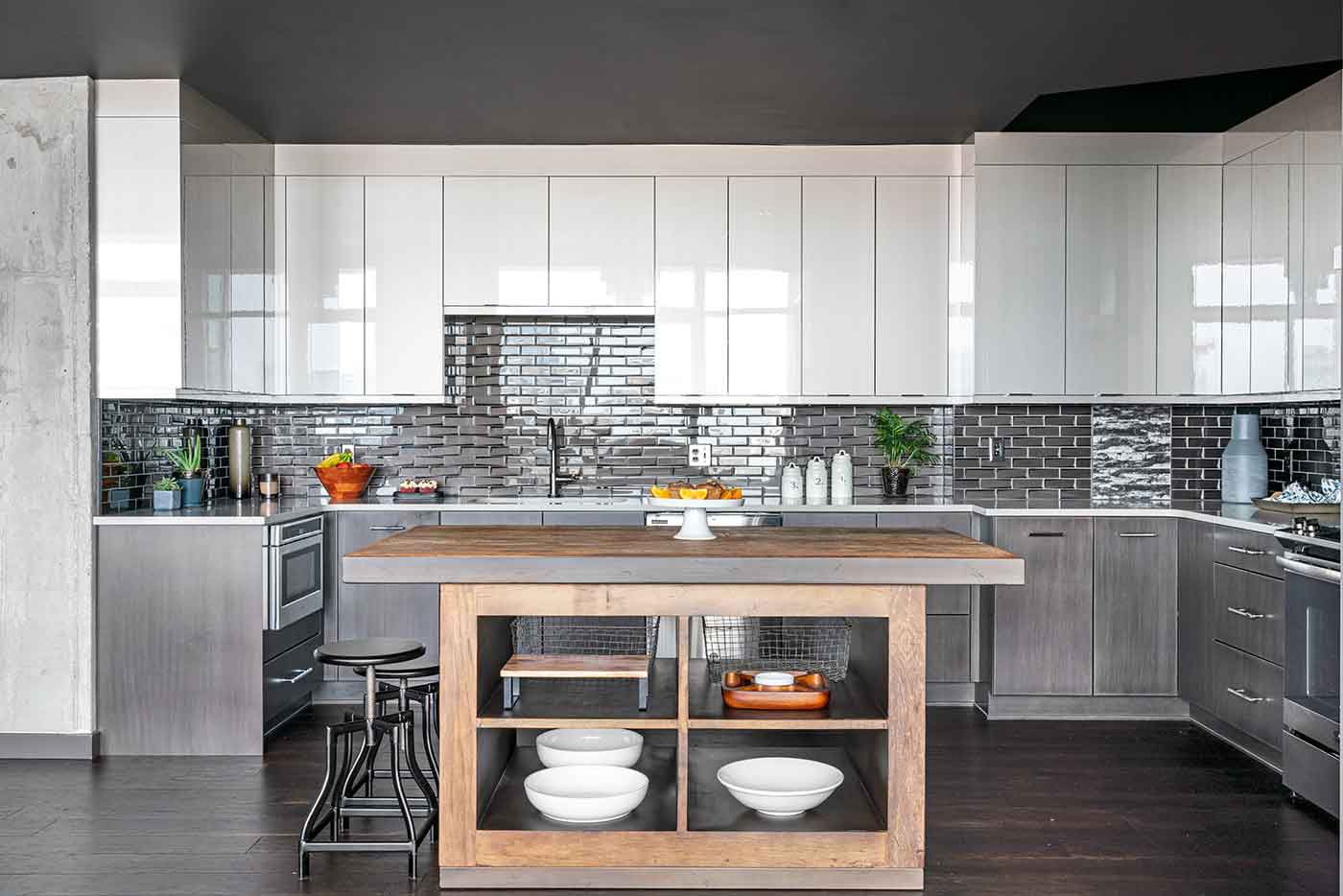
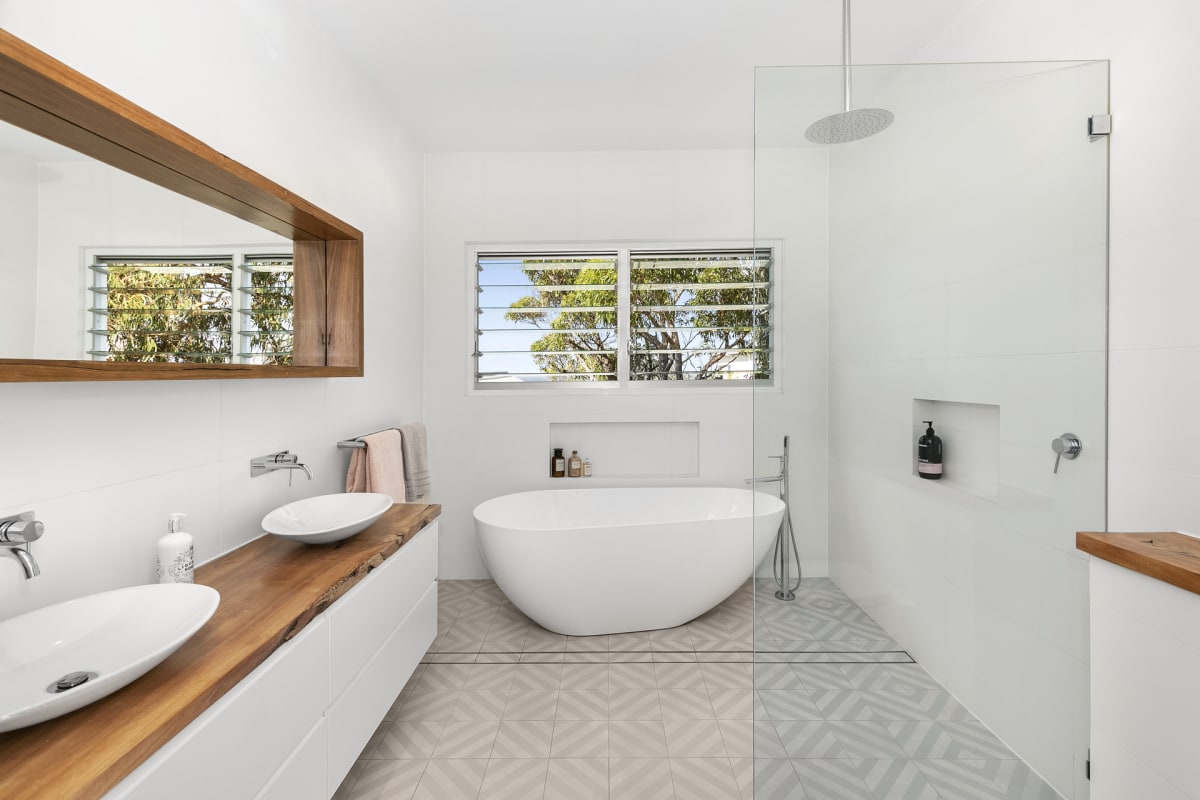





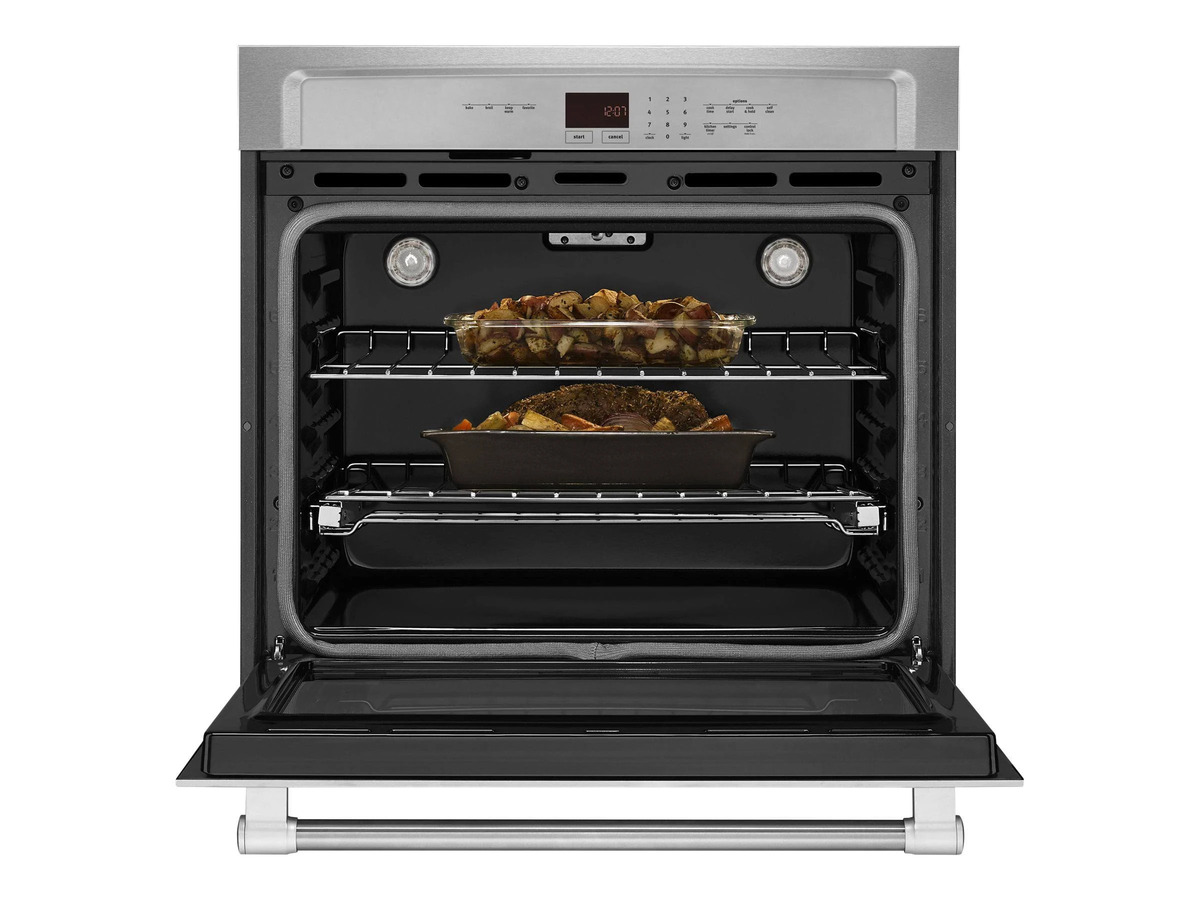
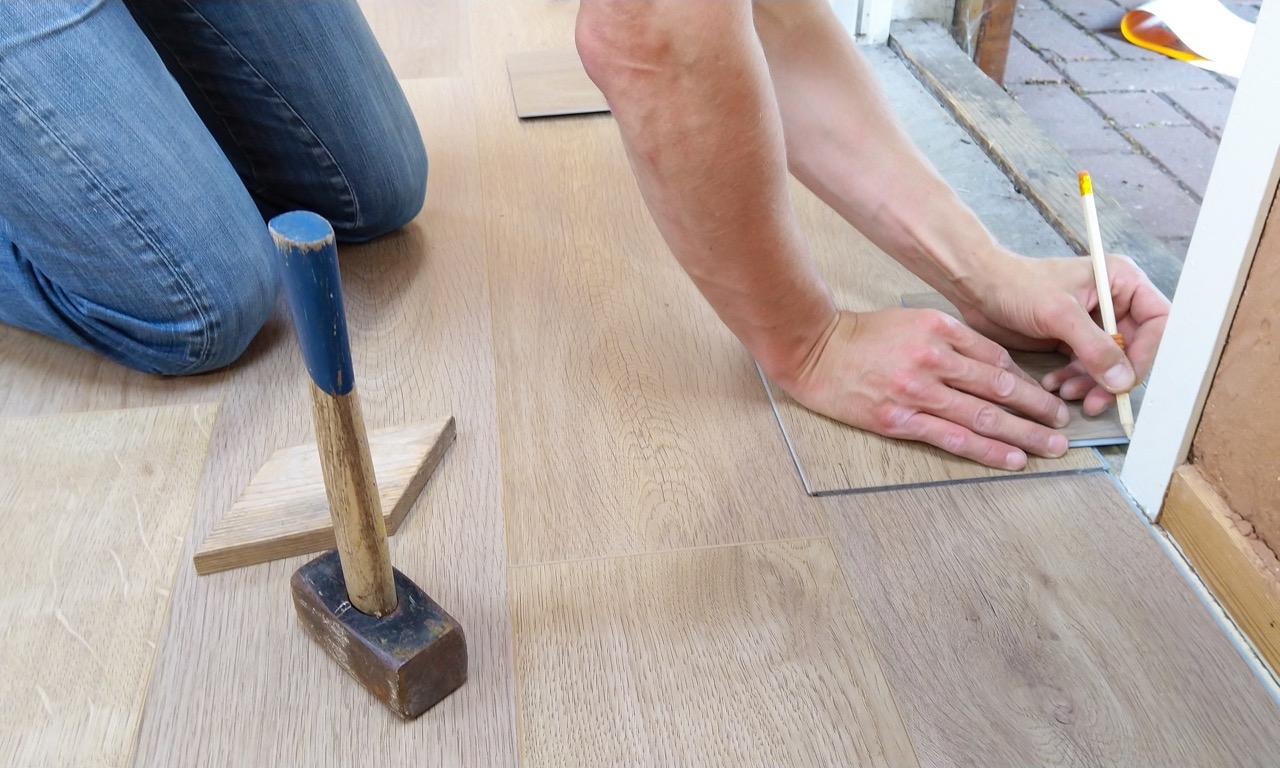

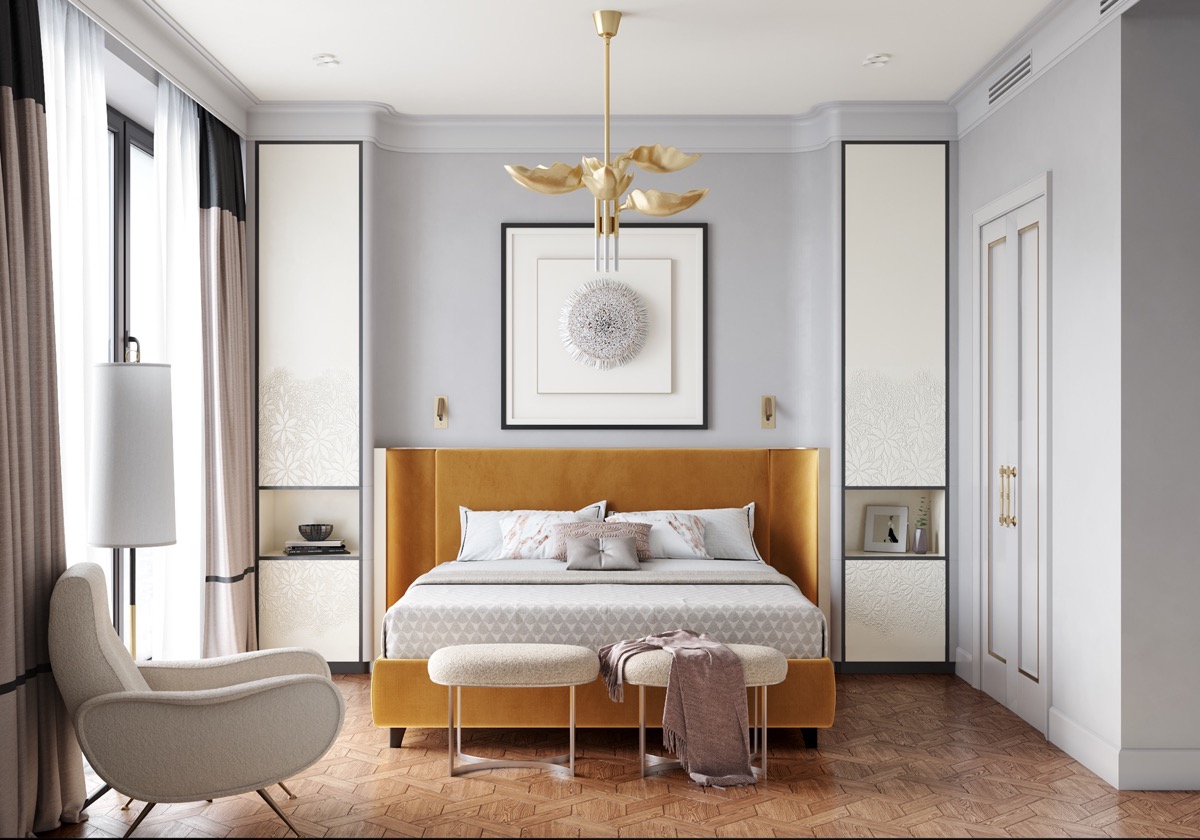
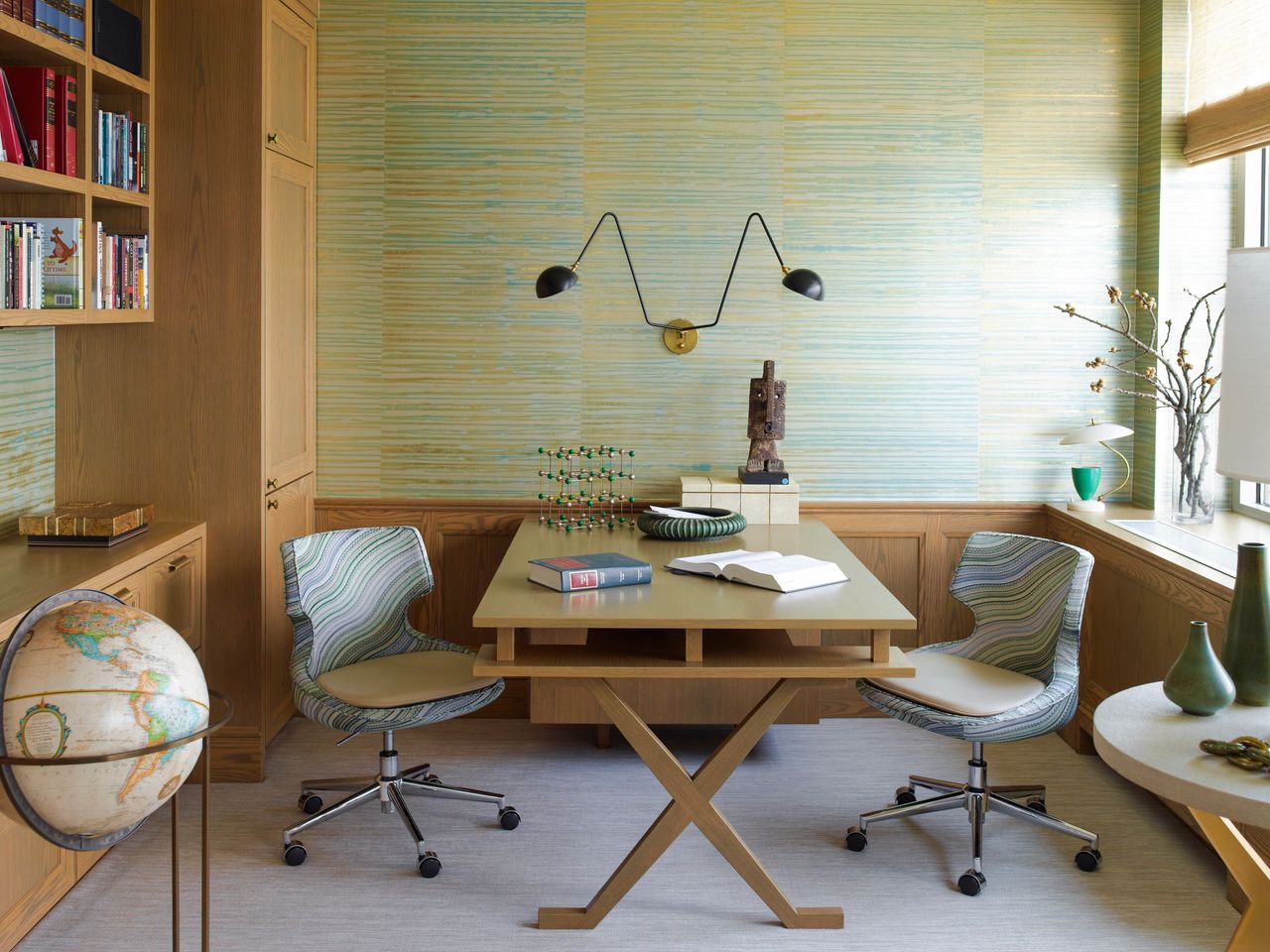
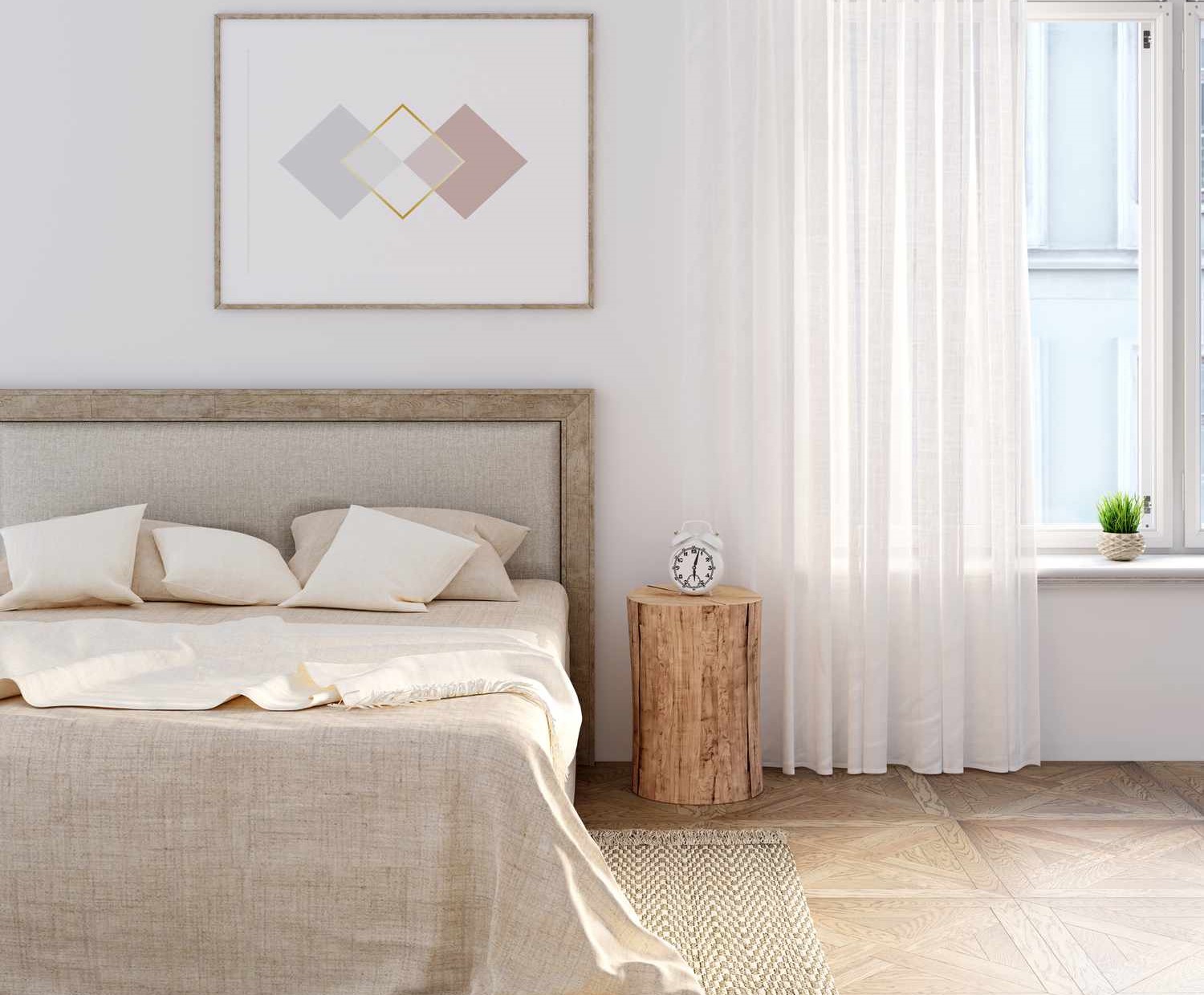

0 thoughts on “Small Kids Bedroom Mistakes – The Easy Design Errors You Can Make (and How To Avoid Them)”